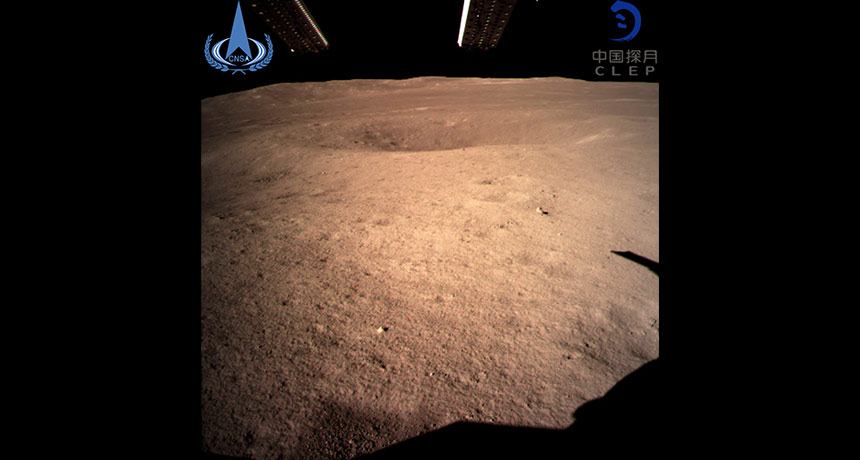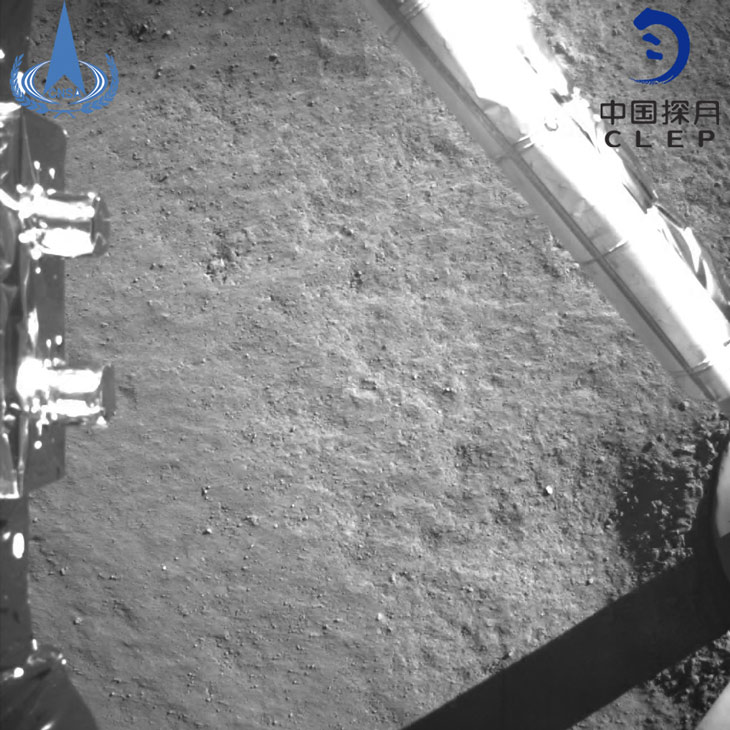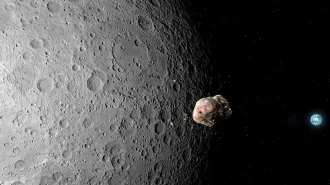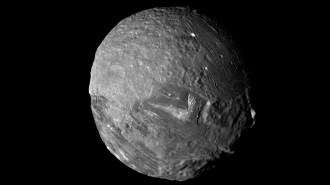China just landed the first spacecraft on the moon’s farside
The Chang’e-4 lander and rover will explore new lunar territory

FAR OUT This is the first image of the farside of the moon taken by China’s Chang’e-4 lunar probe, which landed in a basin near the moon’s south pole.
Xinhua/Xinhua via Getty Images








